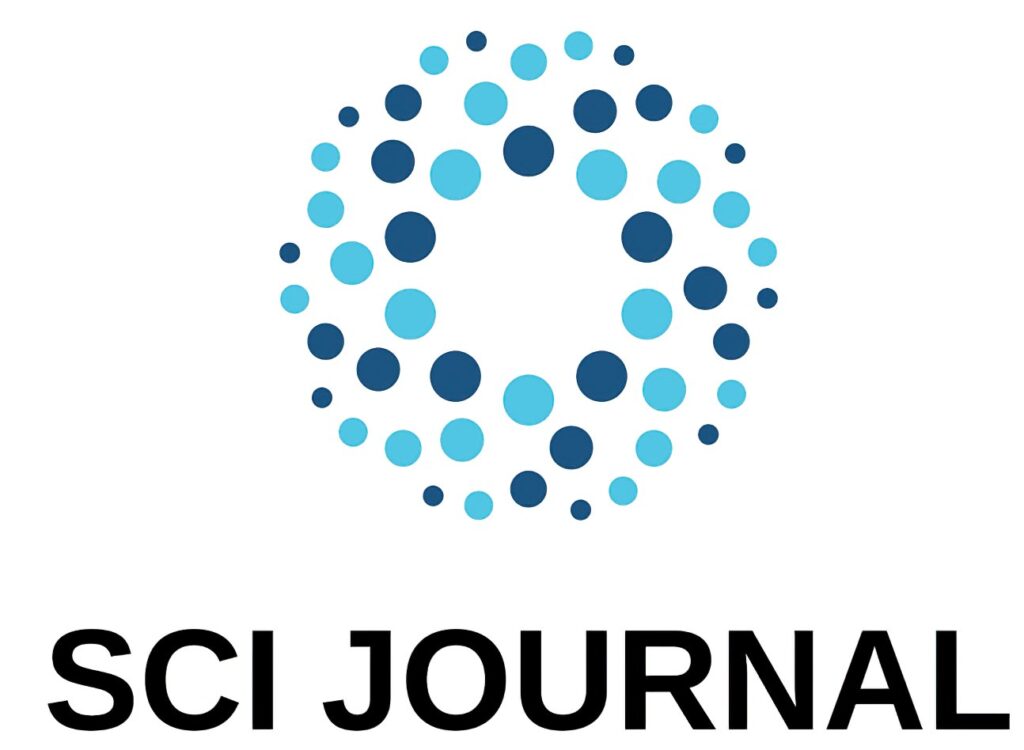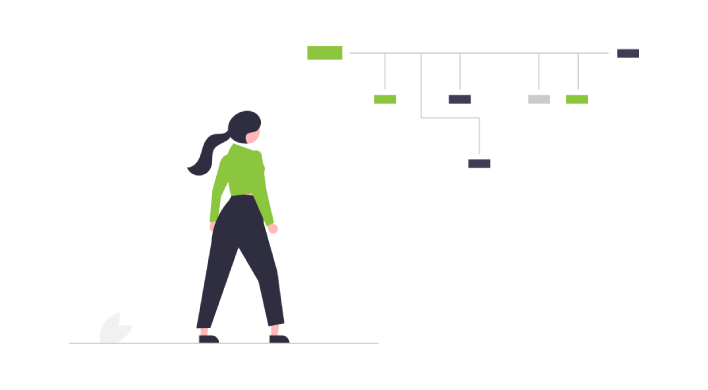SCI Indexed Journals
Harness the power of SCI Indexed journals to amplify your research visibility and maximize its impact. Gain recognition in esteemed scientific communities.

SCI Indexed Journals
In the world of academia and research, scholars and scientists consider publishing articles in reputable journals as crucial. They view the inclusion of a journal in the SCI (Science Citation Index) database as a significant measure of its quality and credibility. The scientific community highly regards SCI indexed journals for their rigorous peer-review processes, scholarly contributions, and impact. This article aims to explore the significance of SCI indexed journals and how they contribute to the advancement of knowledge.
Clarivate Analytics maintains SCI (Science Citation Index) and SCIE (Science Citation Index Expanded) as indexing systems. The journals included in these systems are commonly known as SCI Indexed Journals or SCIE Indexed Journals.
Scholarly journals selected and indexed in the Science Citation Index are referred to as SCI Indexed Journals. The Science Citation Index focuses on core scientific disciplines and tracks articles from reputable scientific journals within these fields. Journals that are part of the Science Citation Index (SCI) are well-known for their strict peer-review procedures, elevated academic criteria, and significant contributions to the scientific field.
On the other hand, SCIE Indexed Journals surpass the scope of SCI by embracing a broader range of scientific disciplines, including social sciences and humanities. SCIE has broadened the Science Citation Index to encompass a larger variety of journals across different scientific disciplines. In doing so, it provides a more comprehensive representation of scholarly research across different disciplines.
In the academic and scientific spheres, being indexed in SCI or SCIE is highly esteemed. It signifies that the journal meets specific quality criteria, including rigorous review processes, adherence to ethical publishing standards, and the publication of high-quality research. Researchers often strive to publish their work in SCI or SCIE Indexed Journals to enhance the visibility, impact, and recognition of their research contributions.
Introduction: The Importance of SCI Indexed Journals
The spread of knowledge is supported by scientific research and academic exchange. SCI-indexed journals actively contribute to this process by offering researchers a platform to share their findings with the global scientific community. The scientific community acknowledges these journals for their high standards, rigorous peer-review processes, and commitment to ethical publishing practices.
Understanding the SCI Index
One of the many citation indexes in the vast Web of Science database is the SCI Index, which is kept up to date by Clarivate Analytics. It is widely acclaimed as a gold standard for indexing scientific journals. The SCI Index diligently monitors and catalogs articles across a diverse range of disciplines, including natural sciences, engineering, social sciences, and humanities.
Criteria for Inclusion in the SCI Index
To be included in the SCI Index, journals must fulfill specific criteria. These criteria encompass maintaining a regular publication schedule, adhering to editorial policies, and showcasing a strong citation track record. Furthermore, journals need to attract high-quality submissions, involve expert reviewers, and demonstrate a commitment to publishing innovative and impactful research.
The Advantages and Perks of Publishing in SCI Indexed Journals
Publishing in SCI indexed journals offers numerous advantages for researchers. Firstly, it enhances the visibility and credibility of their work, as these journals are widely recognized within the scientific community. Secondly, it increases the chances of attracting collaborations and funding opportunities. Thirdly, publication in SCI indexed journals can positively impact career advancement, reputation, and academic recognition.
The Peer-Review Process
SCI indexed journals uphold a rigorous peer-review process to ensure the quality and integrity of published articles. This process involves subjecting submitted manuscripts to expert scrutiny, evaluation, and feedback. Peer review helps identify flaws, validate findings, and enhance the overall quality of the research. It also safeguards against plagiarism and unethical practices.
Enhancing Visibility and Impact
One of the primary goals of researchers is to maximize the impact of their work. Publishing in SCI indexed journals facilitates this objective by providing broader exposure and reach. Articles published in these journals are often cited more frequently, contributing to the author’s h-index and overall research impact. This increased visibility amplifies the dissemination of knowledge and fosters scientific progress.
Access to Quality Research
SCI indexed journals offer readers access to a wealth of high-quality research articles. Researchers and scholars rely on these journals to stay up-to-date with the latest advancements in their respective fields. Moreover, the rigorous peer-review process ensures that the published research undergoes scrutiny and meets the standards of excellence, making it a valuable resource for academic and professional purposes.
Challenges and Considerations
While SCI indexed journals are highly regarded, there are some challenges and considerations to be aware of. The intense competition for publication in these journals can lead to lengthy review processes and acceptance rates below 50%. Additionally, there is a growing concern about the concentration of research in a few dominant journals, limiting diversity and inclusivity in scientific publishing. Researchers must navigate these challenges while striving for the highest standards of scientific inquiry.
Alternatives to SCI Indexed Journals
While SCI indexed journals hold significant prestige, alternative publishing models are gaining traction. Open access journals, preprint servers, and disciplinary repositories offer researchers opportunities to share their work more openly and quickly. These alternative platforms foster greater accessibility, interdisciplinary collaboration, and innovation in the research ecosystem.
Future Trends and Developments
The landscape of scientific publishing continues to evolve rapidly. Emerging trends include the use of artificial intelligence in peer review, the integration of data sharing and reproducibility practices, and the exploration of new metrics to assess research impact beyond traditional citation counts. These developments aim to improve the efficiency, transparency, and accessibility of scholarly communication.
SCI indexed journals play a pivotal role in the dissemination of scientific knowledge and the advancement of various disciplines. Their rigorous peer-review processes, high standards, and global recognition make them essential platforms for researchers seeking to contribute to their fields. While challenges persist, the benefits of publishing in SCI indexed journals, including increased visibility, impact, and access to quality research, makes them a valuable avenue for scholarly communication.
SCI Journals
JOURNAL NAME | AREA COVERED | FREQUENCY | ISSUES |
International Journal of Computational Science and Engineering | Machine learning, Deep learning, Artificial Intelligence, Parallel and distributed computing, Quantum computing technologies, Blockchain, Cyber security and cryptography, Big data mining | InderScience | 6 issues per year |
International Journal of Computer Applications in Technology | Real-time systems, Computer applications in engineering and technology, Human computer interaction, Synthetic approach for engineering, Computer applications in information technology and communication. | InderScience | 12 issues per year |
Journal of Intelligent & Fuzzy Systems | Areas of Fuzzy Logic, Intelligent Systems, and Web-based Applications, Mathematics, Operations Research, Technology Management, Hard and Soft Sciences, and Technical, Social and Environmental Issues. | IOS Press | 5 issues per year |
IEEE Transactions on Intelligent Transportation Systems | Design, Analysis, and Control of Information Technologies Applied to Transportation Systems. The ITS includes Humans, Vehicles, Shipments, Information Technology, and Physical Infrastructure, All Interacting in Complex Ways. | IEEE | 12 issues per year |
The KSII Transactions on Internet and Information Systems | Artificial Intelligence & Big Data, Internet Computing, Internet Services & Management (IM), Information Systems, IoT & Application (IA), Mobile Communication, Multimedia & Computer Vision, Networking, Security & Privacy, Wireless Communication | The Korean Society for Internet Information | 12 issues per year |
Medical & Biological Engineering & Computing | Theoretical developments in biomedical science and technology, spectrum of biomedical and clinical engineering, cellular engineering, molecular imaging, and evolving technologies, advances in computer-based methodologies in these multidisciplinary subjects | springer | 12 issues per year |
The Journal of Universal Computer Science | Research areas of computer science, based on the ACM Computing Classification System categories including general literature, hardware, software, computer systems organization, theory of computation, information systems etc… | Verlag der Technischen Universität Graz | 12 issues per year |
Computer Methods in Biomechanics and Biomedical Engineering | Computer assisted surgery and simulation, Modelling, design and assessment of medical devices and implants, Application of imaging in biomechanics etc… | Taylor & Francis | 16 issues per year |
International Journal of Communication Systems | Transmission/Switching/Distribution technologies, Network and Internet protocols and standards | Wiley | 18 issues per year |
Brain Imaging and Behavior | Neuroimaging approaches to enhance knowledge regarding mechanisms, diagnosis, treatment, and prevention of disorders of higher brain function including cognition, affect, and motivation. | Springer | 6 issues per year |
Journal of Rock Mechanics and Geotechnical Engineering | Geotechnical Engineering and Engineering Geology (Q1) | Chinese Academy of Sciences | 6 issues per year |
Mechanika | Condensed Matter Physics (Q4) | Condensed Matter Physics | 6 issues per year |
Journal of Mechanics | Current Contents Engineering, Computing & Technology | Essential Science Indicators | Society of Theoretical and Applied Mechanics of the Republic of China, Taiwan | 1 issues per year |
Case Studies In Thermal Engineering | Engineering (miscellaneous) (Q1); Fluid Flow and Transfer Processes (Q1) | Elsevier | 6 issues per year |
Journal Of Radiation Research | Radiation (Q2); Radiology, Nuclear Medicine and Imaging (Q2); Health, Toxicology and Mutagenesis (Q3) | Oxford University Press | 6 issues per year |
Journal Of Geophysics And Engineering | Geology (Q2); Geophysics (Q2); Industrial and Manufacturing Engineering (Q2); Management, Monitoring, Policy and Law (Q2) | Institute of Physics Publishing | 6 issues per year |
Axioms | Algebra and Number Theory (Q3); Analysis (Q3); Geometry and Topology (Q3); Logic (Q3); Mathematical Physics (Q3) | Multidisciplinary Digital Publishing Institute (MDPI) | 12 issues per year |
Big Data | Computer Science Applications (Q2); Information Systems (Q2); Information Systems and Management (Q2) | Mary Ann Liebert | 6 issues per year |
Computational Visual Media | Artificial Intelligence (Q1); Computer Graphics and Computer-Aided Design (Q1); Computer Vision and Pattern Recognition (Q1) | Tsinghua University Press | 4 issues per year |
Reach out to us at www.saairatechnologies.com or give us a call at 7604897174 if you need assistance with the Publication of your PhD project.
Our strengths
Why choose us?
PhD help technical experts are very friendly and always ready to hear from you. Our experts are available at any stage of your PhD work.
The project you submit to us will be a hidden treasure and it will be confidential and maintained very secretly.
PhD help projects are always cost effective but we assure you that this will not affect the quality of your work.
PhD help developers are well experienced and professionals in their particular field. They are very eager and always on duty. They are readily available to help you in any situation and time. Our experts are available on the shop floor always ready to help you at any point of your PhD you are stuck.
Teams of Saaira Technologies
Business Development Executives


Data Scientist
Language Editing Division


Department of Journal Publications
What Sets Us Apart from The Competition?

